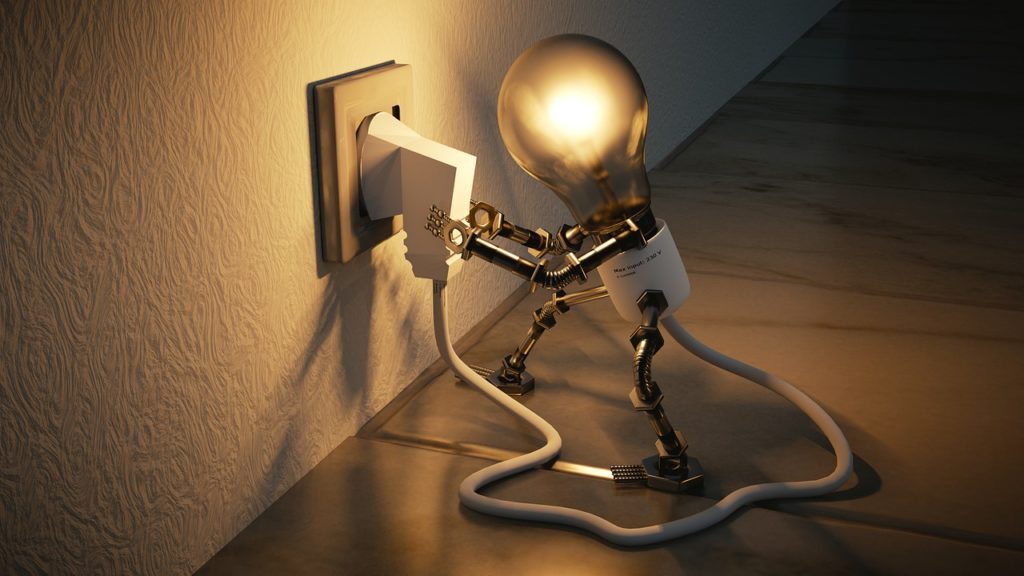
Powering our devices is something we take for granted somewhat. With little thought in to the technology that actually allows us the convenience and portability we’ve now become accustomed to, what does go in to making our gadgets work? With so many different voltages and intricate differences to the power grids within separate countries, the level of sophistication behind the technology we use to charge and the outlets we draw power from is actually far more interesting and engaging than we tend to give it credit for.
For starters, the type of electricity we use can actually differ, with both direct current (DC) and alternating current (AC) coming with their own unique set of advantages and disadvantages, entirely dependent on use-case and what you’re trying to achieve. Not just the name of a popular Australian rock group, AC and DC electricity are the two main types of current flow that are widely used – although DC does have by far the wider coverage.
The main difference, of course, is how the electricity flows within each system. Direct current does just that, the electric charge only moves in one direction. However, with alternating current, the electric charge periodically changes direction, as will its voltage. Most electronic devices we use will rely on DC power, although most houses are wired to accommodate AC, as that is how electricity is transmitted over long distances, thanks to its ability to convert voltage levels.
In the past, there was a real battle between AC and DC power for prominence, with Thomas Edison and Nikola Tesla the figureheads for each competing faction. Having launched smear campaigns and fought over the same contracts, the battle was spread over both Europe and the United States, which is what has lead to the current split usages of the two, rather than a standardised form. A blessing in disguise long term, given that we’ve now found better uses for each kind of current distribution, it was a real scandal and source of displeasure in years gone by.
Our devices are now built to cope with the difference in current and voltage, with many coming with their own mini-transformers and converters inbuilt within their charging cables and battery systems. With entire product lines devoted to such uses, such as the AC/DC power supplies from XP Power, it’s a longstanding technology that doesn’t appear to be going anywhere anytime soon.
You’ll also like to read: How Smart Home Technology Will Help In Saving Energy?